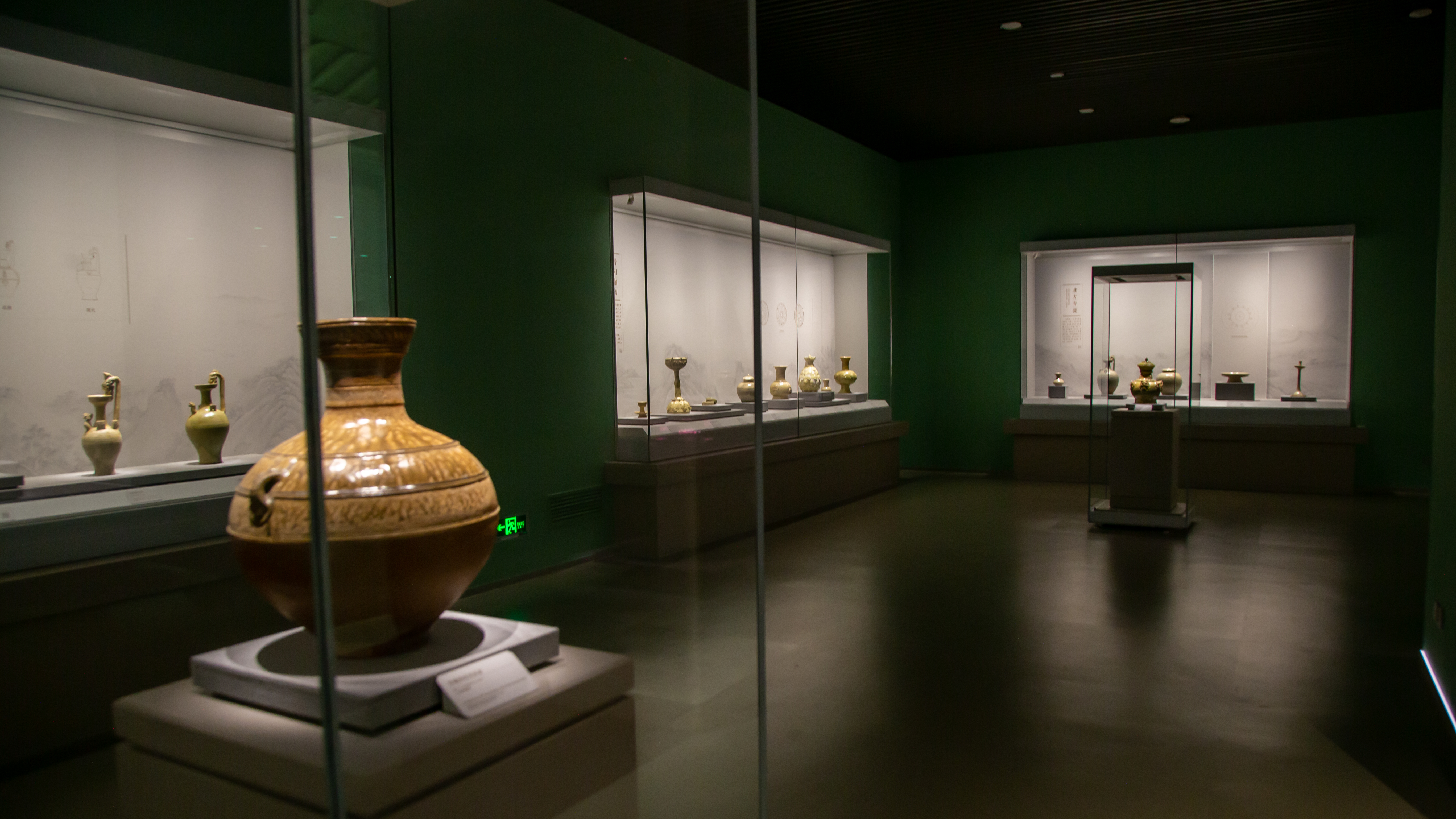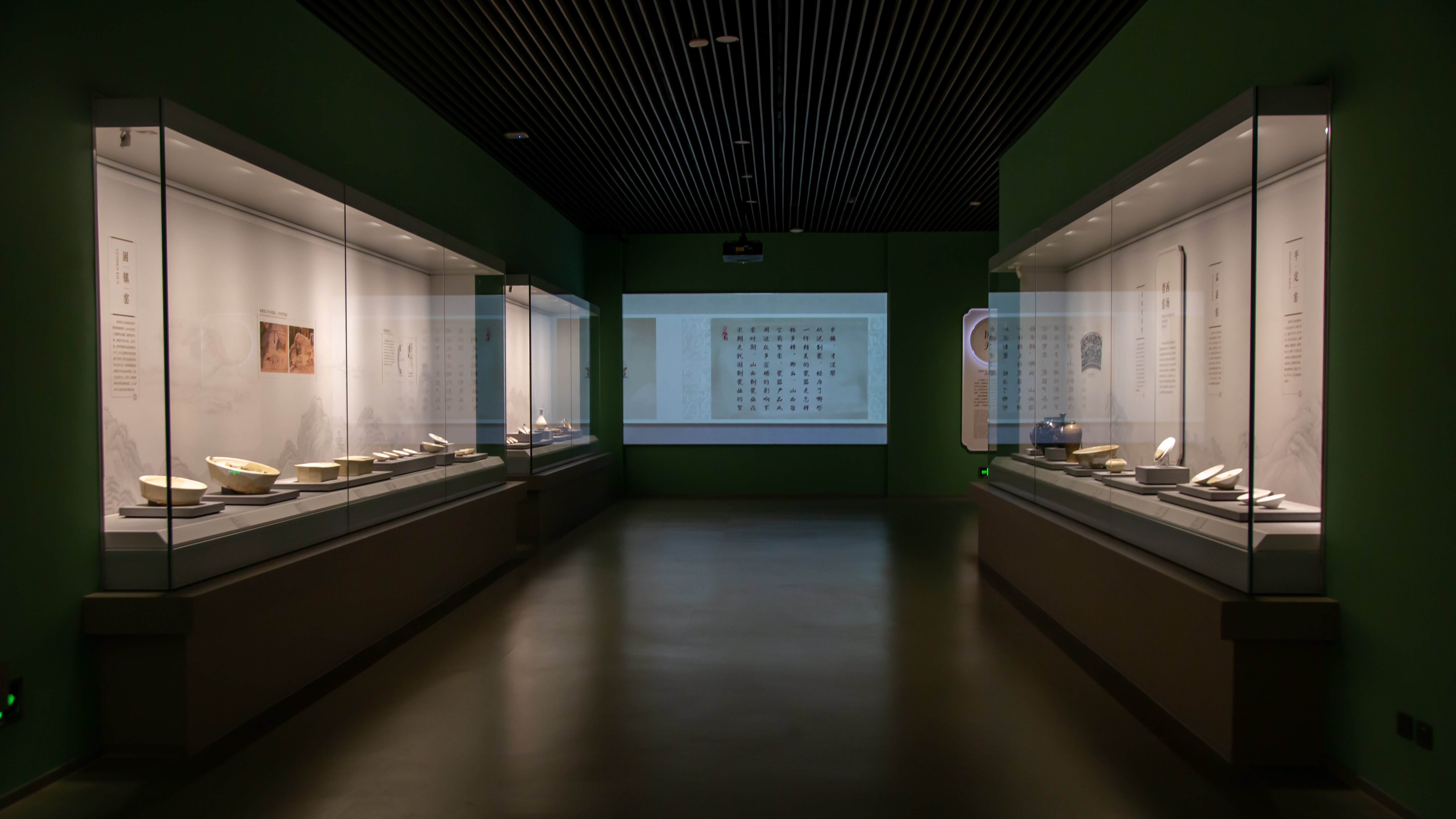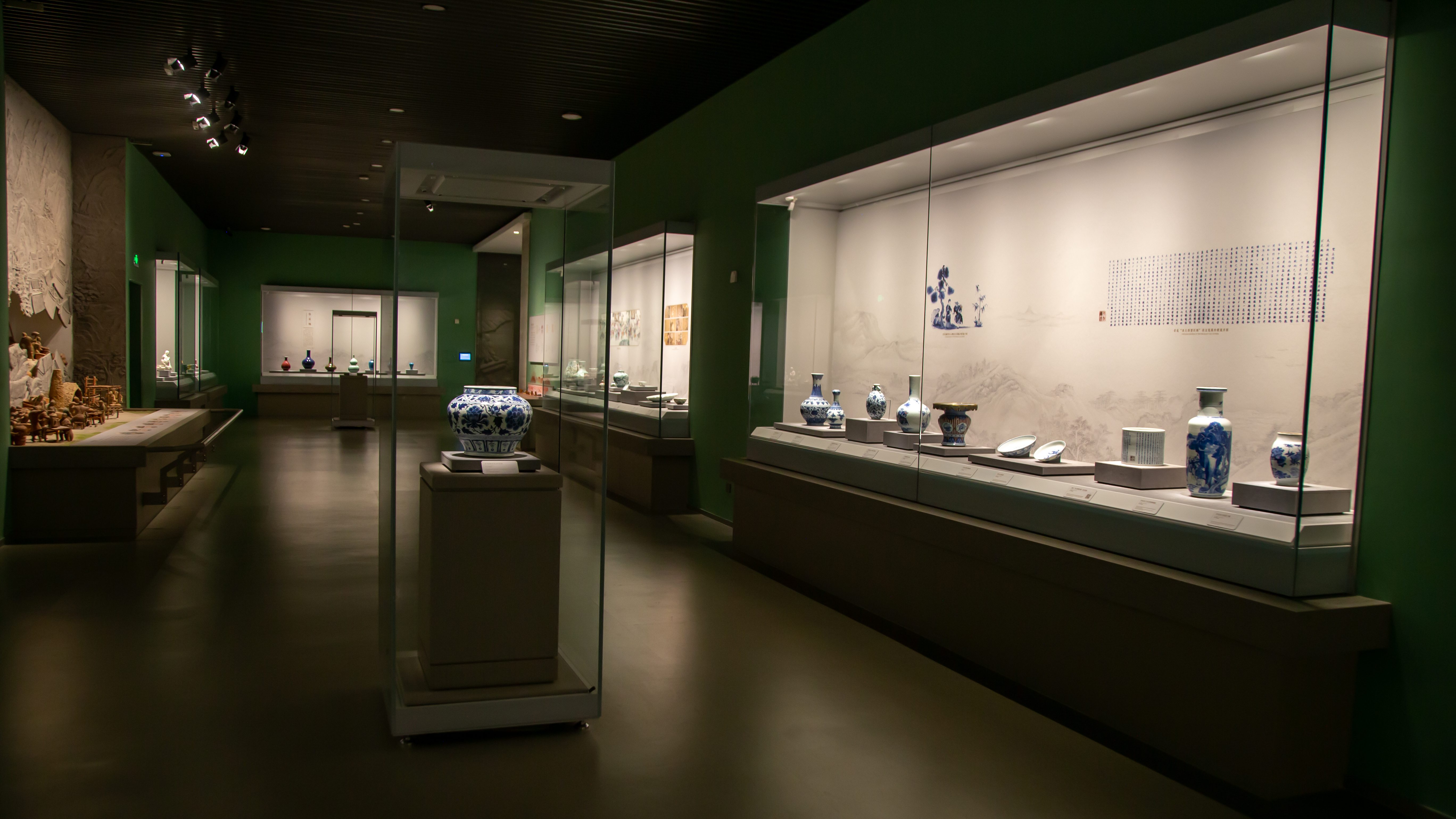


Porcelain is China's original creation. Water and soil can be kneaded into clay wares. Wood and stone made glazes. After fire tempering, metals display shining colors on genius works. Its popularization has greatly improved people's quality of life and its taste. While bringing convenience to life, it also gives people the enjoyment of beauty.
Porcelain is a symbol of China. From the simplicity of primitive celadon to the peak of Jingdezhen porcelain, porcelain has witnessed the Chinese national spirit of pursuing excellence and making progress. From Xing Kiln white porcelain to blue and white porcelain sold overseas, porcelain has built the most recognizable Chinese fashion.
Porcelain is the image of China. As a cultural messenger, it went through deserts to the north accompanied by camel bells, crossed the oceans by riding the wind and waves, spreading the splendid Chinese civilization to all parts of the world.